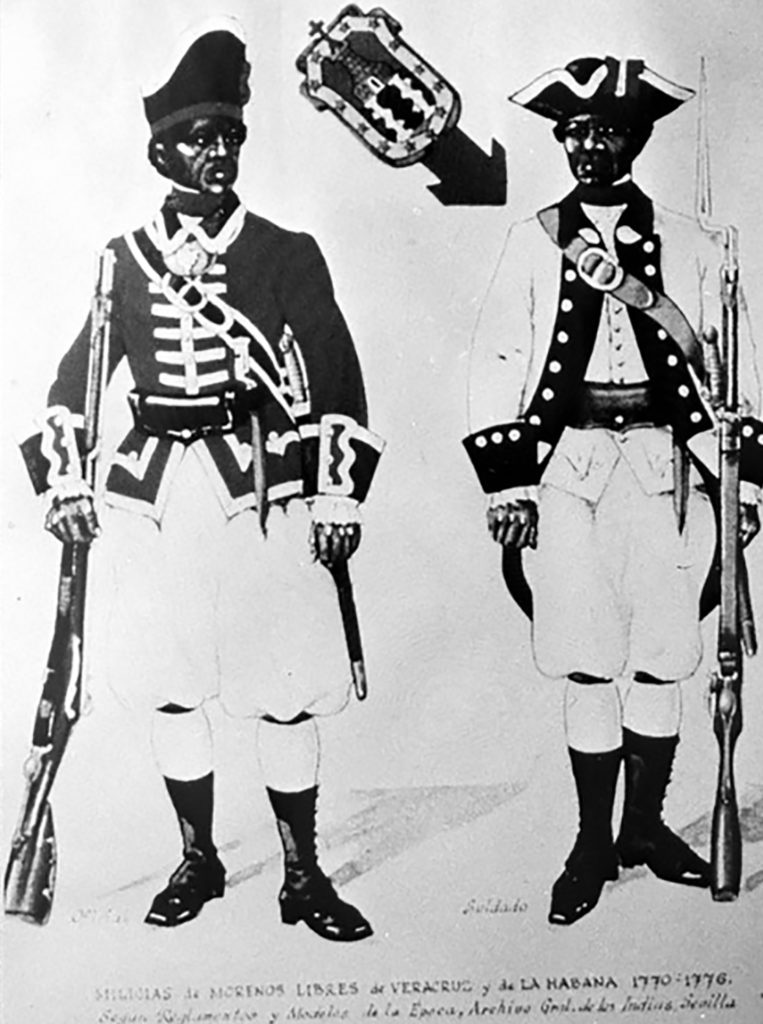If you have the travel bug, Marion County is a great stepping-off point for exploring Florida. Our backyard is both scenic and centrally located. In fact, we’re so nicely situated that in 1900 there was an effort to move the state capital to Ocala. Jacksonville and St. Augustine were also contenders but, in the end, Tallahassee was voted to remain the seat of Florida’s government.

Florida is an incredibly long state and a drive from Pensacola to Key West will add 822 miles to your odometer. Marion County is pretty much in the middle, with Ocala being 376 miles from Pensacola and 303 miles from Miami. You need not rack up hundreds of miles, however, to visit some truly historic places. There are plenty nearby.
Choose any point of a compass and within about an hour and a half you can find Spanish colonial forts, historic towns and battlefields from past conflicts, and prehistoric mounds built centuries ago by Native Americans for purposes such as burials or temple platforms. These destinations are diverse and represent thousands of years of our collective past. Presented from earliest to most recent, here are a few examples:
• The Crystal River Archaeological State Park is a group of prehistoric earthworks along the Gulf Coast in Citrus County and includes a 61-acre park with mounds built by Native Americans about 1,600 years ago (A.D. 400), a small museum, walking trails and a great view of Crystal River itself. Visitors can climb 51 steps to the top of the fl at-top Temple Mound and take in a view largely unchanged from when the ancient people created the ceremonial site.
• Fort Mose Historic State Park (pronounced Mo-say) is a somewhat obscure but incredibly important place. The park lies just north of historic St. Augustine (a must-see destination in itself) along the Atlantic Coast in St. Johns County. It was built in 1738 to guard the northern flank of the town against French intrusions. The fort is long gone, but as the first free African American settlement in what is now the United States, it is hallowed ground. There is an interpretive center, a picnic pavilion and a canoe and kayak launch.
• The Bulow Plantation Ruins Historic State Park lies near the Tomoka and Halifax rivers and Ormond Beach in Flagler County. The site includes the ruins of a large 19th century plantation built in 1821 and burned by Seminole warriors in 1836. The ruins are impressive and a stark reminder of our turbulent and sometimes violent history. The plantation tells the story of Florida becoming a territory, the injustices of slavery and of the Seminole Wars. The ruins are fascinating and off er superb photo ops.
Check out the Trail of Florida’s Indian Heritage website (trailoffloridasindianheritage.org) for a great list of historic sites in all parts of the state, along with maps and overviews.
When the travel bug bites you, pack a cooler with drinks and lunch and take advantage of our superb location to get off the beaten path and do some exploring.
Scott Mitchell is a field archaeologist, scientific illustrator and director of the Silver River Museum & Environmental Education Center.






